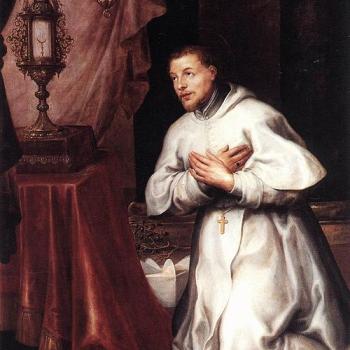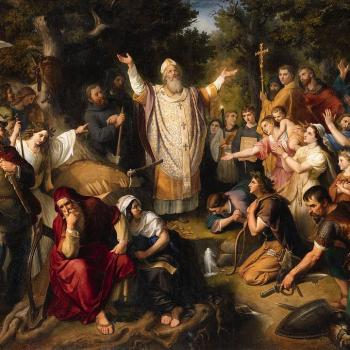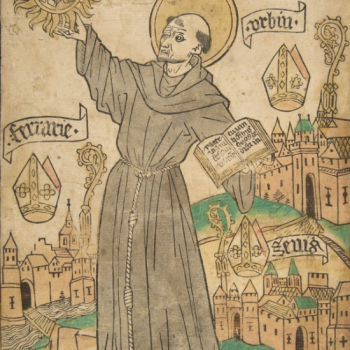
Scholars recognize a shift in Luke’s gospel with the phrase “When the days drew near for him to be taken up, he set his face to go to Jerusalem” (Luke 9:51 ESV). After this point Jesus seems to be always heading toward Jerusalem. Because of this many have called it “the travel narrative.” The travel narrative here is not all that dissimilar to many of the travel narratives that gained popularity in the Twentieth Century. Like “Travels with Charley” by John Steinbeck, the trip was made because Jesus knew his death was close at hand, and like Pirsig’s “Zen and the Art of Motorcycle Maintenance” the trip is filled with more with teachings and illustrations then a narration of the traveling itself.
But don’t get me wrong there is much more going on here then a teacher making a trip. Like the word Tao, the Greek word hodos can mean a path or road, but can also indicate a way of life. While Jesus is on the hodos to Jerusalem expect to see a great deal about the hodos of discipleship.
Understanding Jesus’ travel narrative does require a quick crash course in geography. Up to this point Jesus had been doing the majority of his ministry in an Galilee (the area north of the modern day West Bank). As he “sets his face” towards Jerusalem he begins to travel there. Jerusalem is in the southern part of Israel. Between Galilee and Jerusalem is an area called Samaria. To get to Jerusalem the most expedient route would be to cut through Samaria. Which is what we see Jesus doing during the very first part of the travel narrative when he sends messengers ahead of him to make ready for his travels (9:52).
Unlike John, Luke has Jesus travel to Jerusalem only once. On his way there are some major themes in which quite a bit of the material plays off of. Look for key pieces when trying to figure out what each section looks like. Putting a few pieces together will help you see where everything else fits. The questions that will help the most are these. What is Jesus doing? Where is Jesus? Who is interacting with him, and how are they interacting? Is what is going on in one section related to anything going on in a nearby section?












